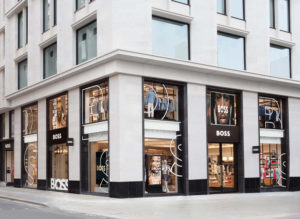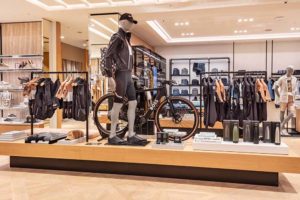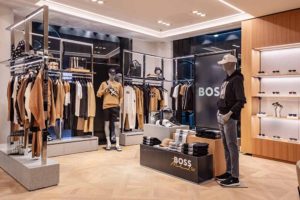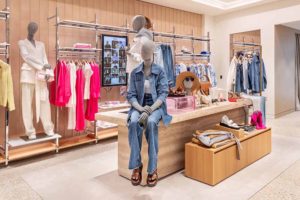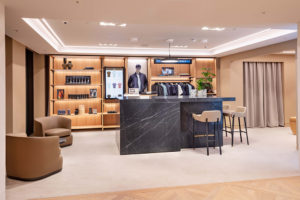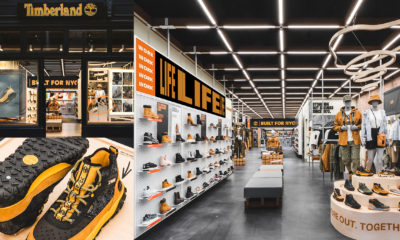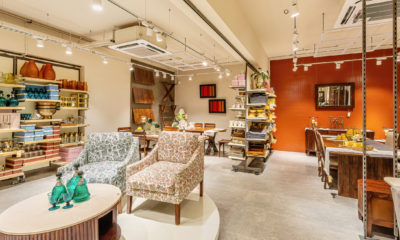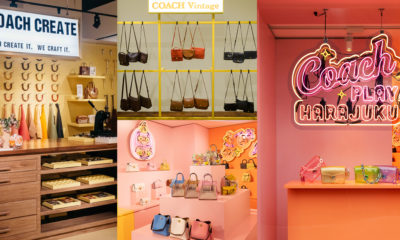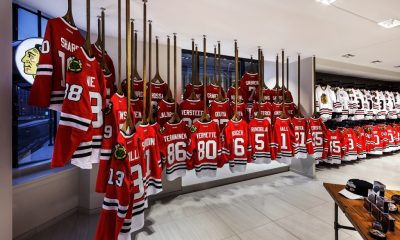THERE’S A NEW Boss in town on Oxford Street, telling a modernized story of the brand.
As Hugo Boss AG (Metzingen, Germany) emerged as a high-powered luxury fashion label in the 1980s and ’90s, it was popular with still-powerful baby boomers – still in their 30s and 40s at the time – and Gen-Xers – beginning to enter the workforce, with a taste for quality and workmanship.
Today, newer generations with different preferences and demands are beginning to dominate the customer base.
“It was felt at Boss that the stores did not reflect the brand’s new positioning and lacked relevancy for a younger audience,” says Lottie Riviere, Design Director at Dalziel & Pow, the London firm that designed the new flagship on the city’s fashionable Oxford Street.
And who is that younger audience? According to Riviere, they “challenge conformity and seek community in an isolating digital world. They blur the boundaries between work, rest and play, and across channels and lifestyles. And they are guided by their values, one of which challenges unquestioning consumption, and they buy into the brands that share their values.”
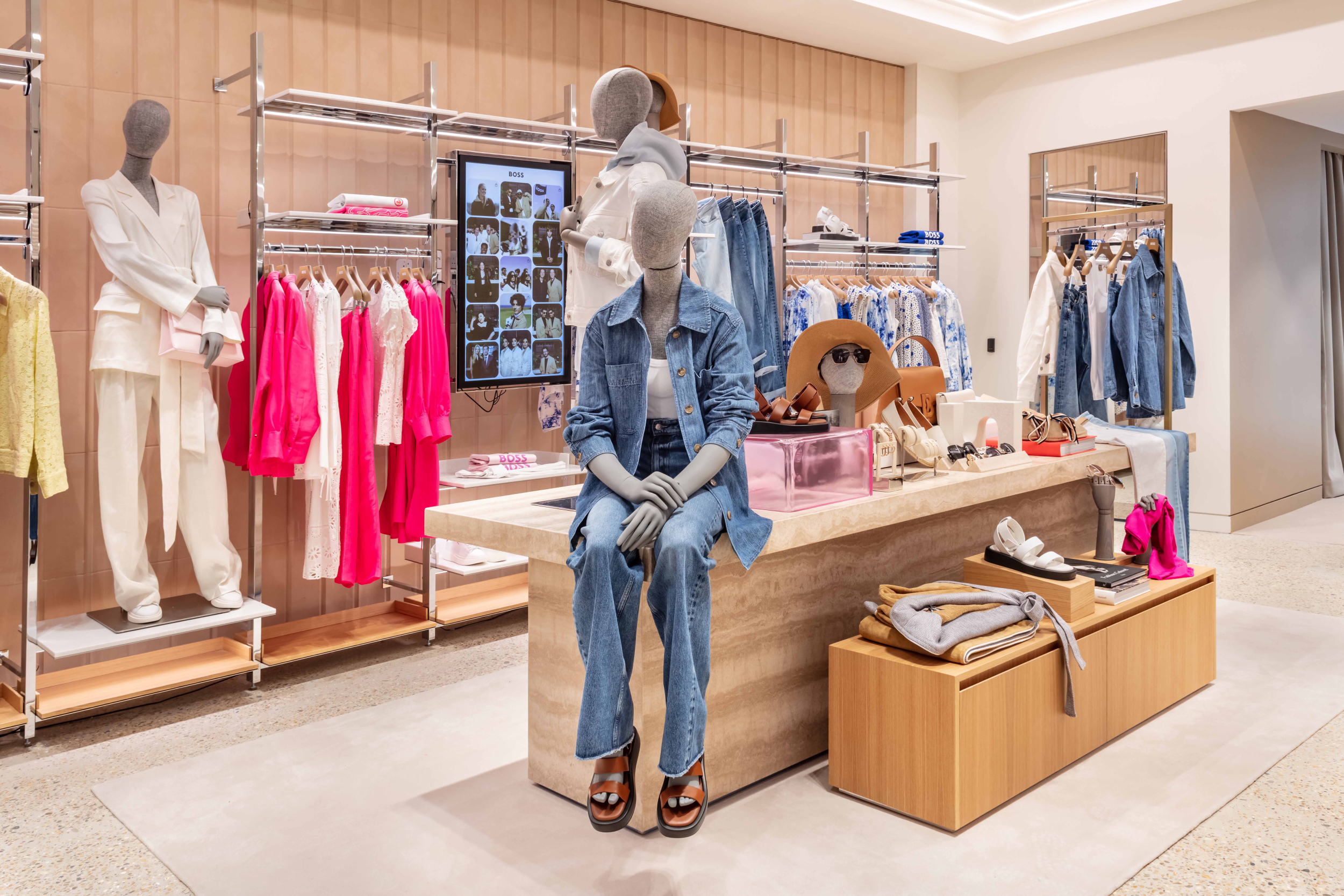 On one of Europe’s busiest shopping streets, Hugo Boss debuted a new, 8180-square-foot concept. 📷 Courtesy of Hugo Boss
On one of Europe’s busiest shopping streets, Hugo Boss debuted a new, 8180-square-foot concept. 📷 Courtesy of Hugo Boss
Advertisement
The two-story, 8180-square-foot store on the prestigious corner of Oxford and Duke streets, is next to a Selfridges store, so the challenge of making the brand stand out in such a competitive environment was a defining principle of the design.
The brand name became a part of the answer. The designers encouraged customers to be the “boss of their shopping journey” – or #BeYourOwnBOSS. The store design concept “equips customers with the tools and style-confidence to succeed on their own terms,” Riviere says. “We’ve created a service proposition to engage and serve the individual, delivering convenience, product-curation and customization to emotionalize the brand and drive relevancy for customer lifestyles.” The space is loaded with mannequins and props displayed in a very hip, modern way.
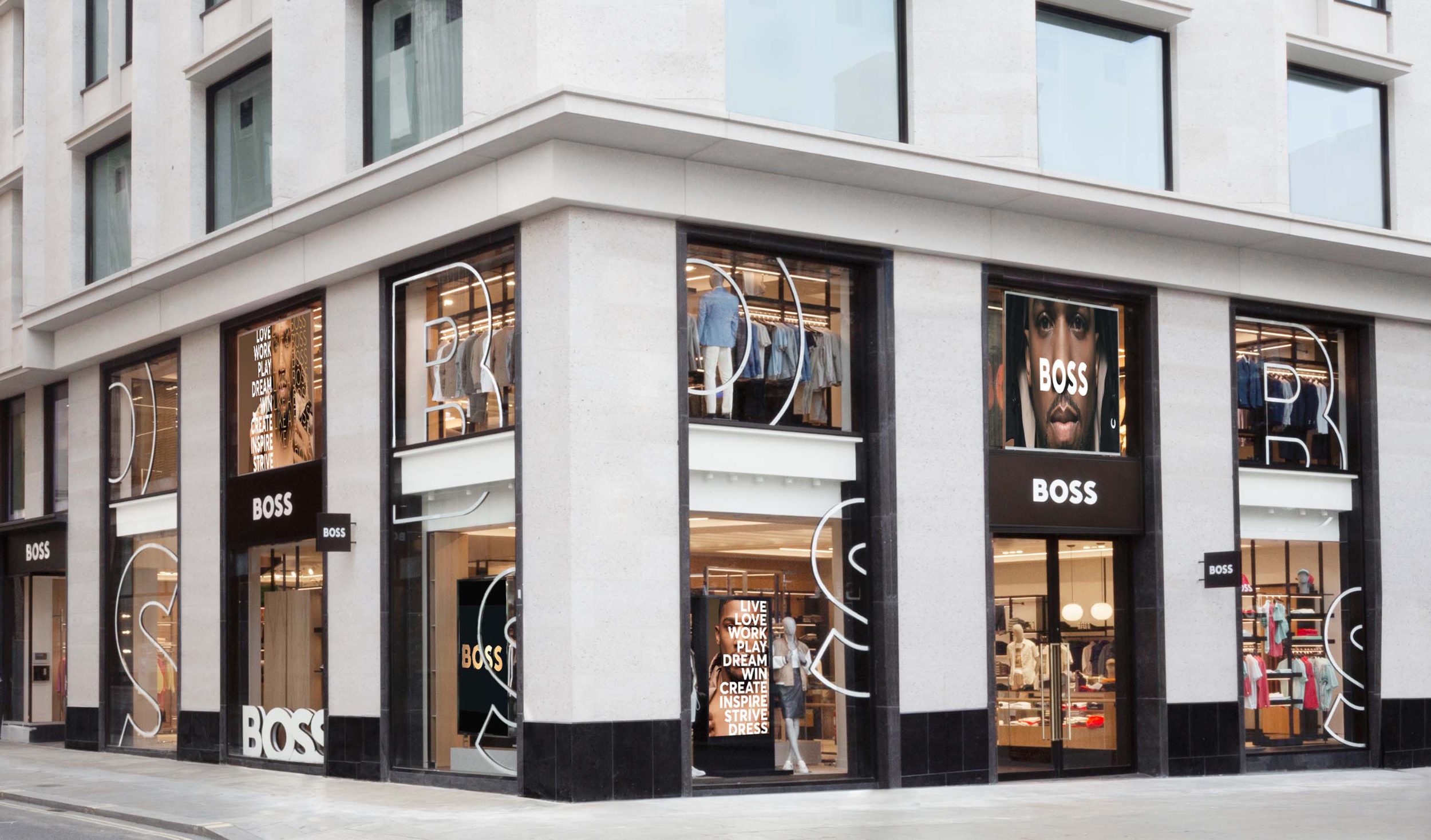
A centrally located 24/7 table is a category-blurring presentation reflecting modern casual lifestyles, a curation across Boss’s world, inspiring more ways to wear.
Another innovation is what they call a Swing area on the first floor that showcases the brand’s stories and “introduces newness, hosting activations and collaborations, with the ability to connect those brand stories across channels.”
Riviere acknowledges that the positioning of the Swing area in a strong corner window, “to create a campaign-driven space that was bold, freestanding and always showcasing something new,” was influenced by its location next to the Selfridges Corner Shop, an ever-changing pop-up atelier of designer and brand collections “that is always exciting and new,” she says. Such is life for a major brand retailer on bustling Oxford Street. Even for the Boss.
Advertisement
PHOTO GALLERY (5 IMAGES)
📷 Courtesy of Hugo Boss
Advertisement
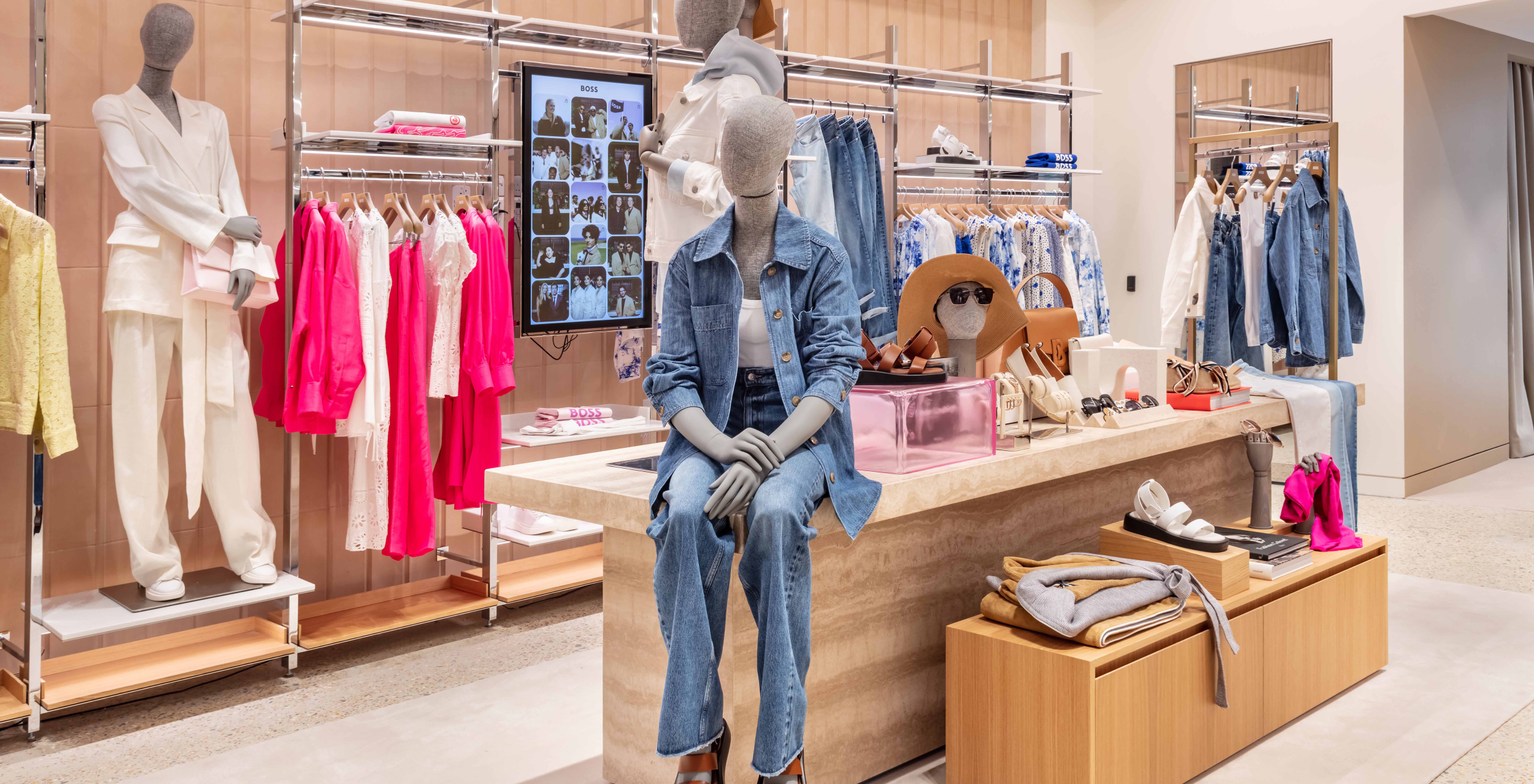
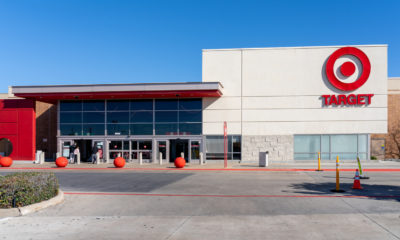
 Headlines2 weeks ago
Headlines2 weeks ago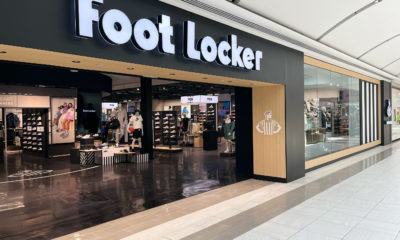
 Headlines2 weeks ago
Headlines2 weeks ago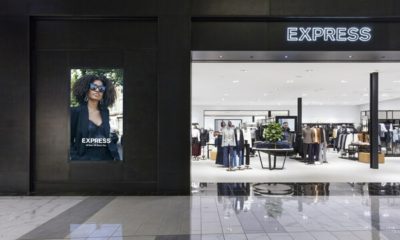
 Headlines2 weeks ago
Headlines2 weeks ago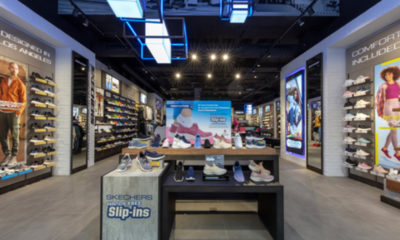
 Headlines7 days ago
Headlines7 days ago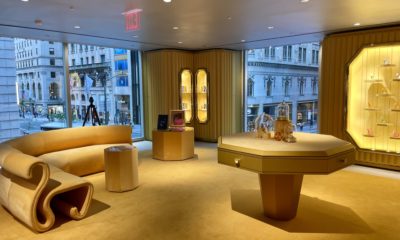
 Eric Feigenbaum5 days ago
Eric Feigenbaum5 days ago
 Headlines1 week ago
Headlines1 week ago
 Designer Dozen1 week ago
Designer Dozen1 week ago
 On one of Europe’s busiest shopping streets, Hugo Boss debuted a new, 8180-square-foot concept. 📷 Courtesy of Hugo Boss
On one of Europe’s busiest shopping streets, Hugo Boss debuted a new, 8180-square-foot concept. 📷 Courtesy of Hugo Boss
